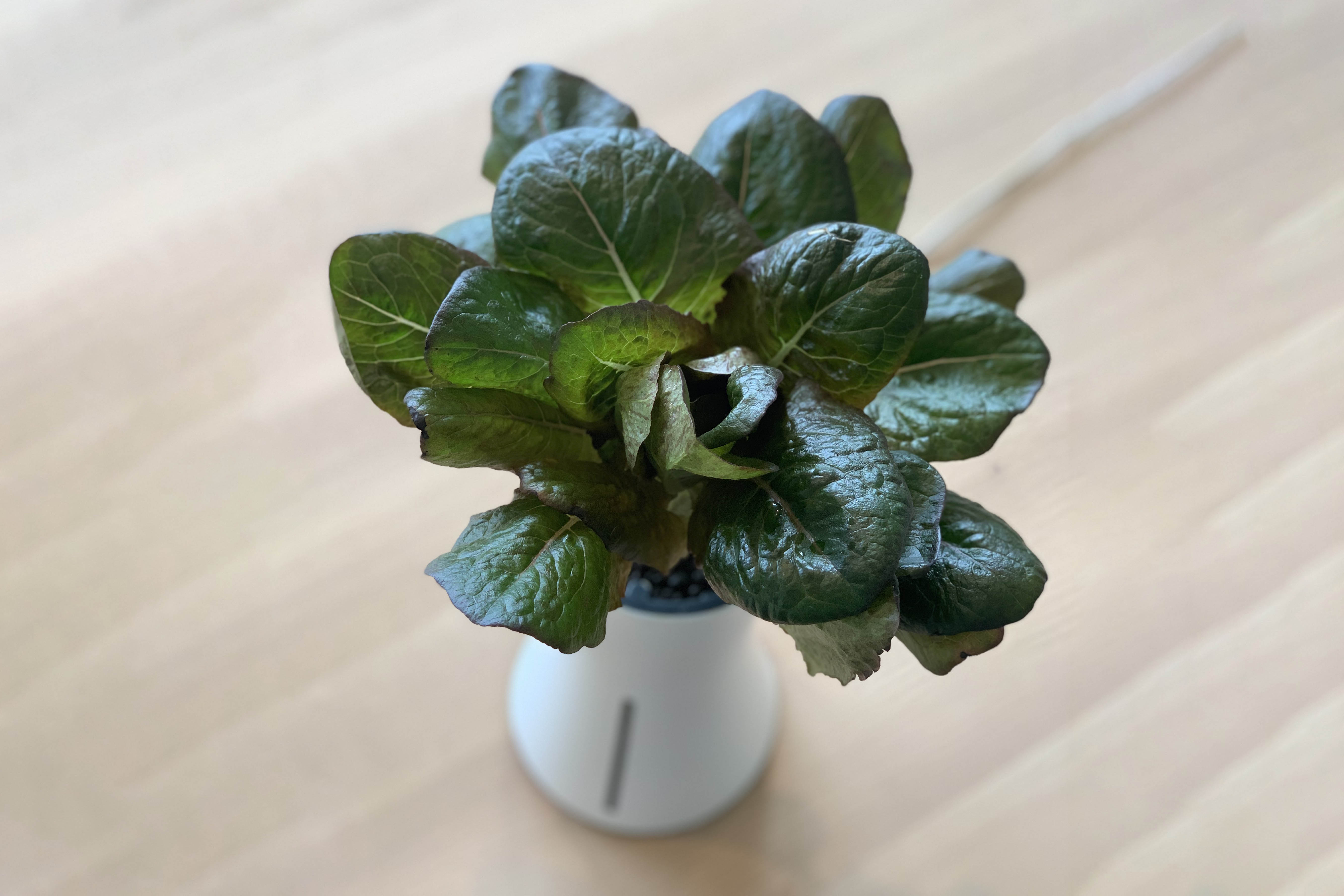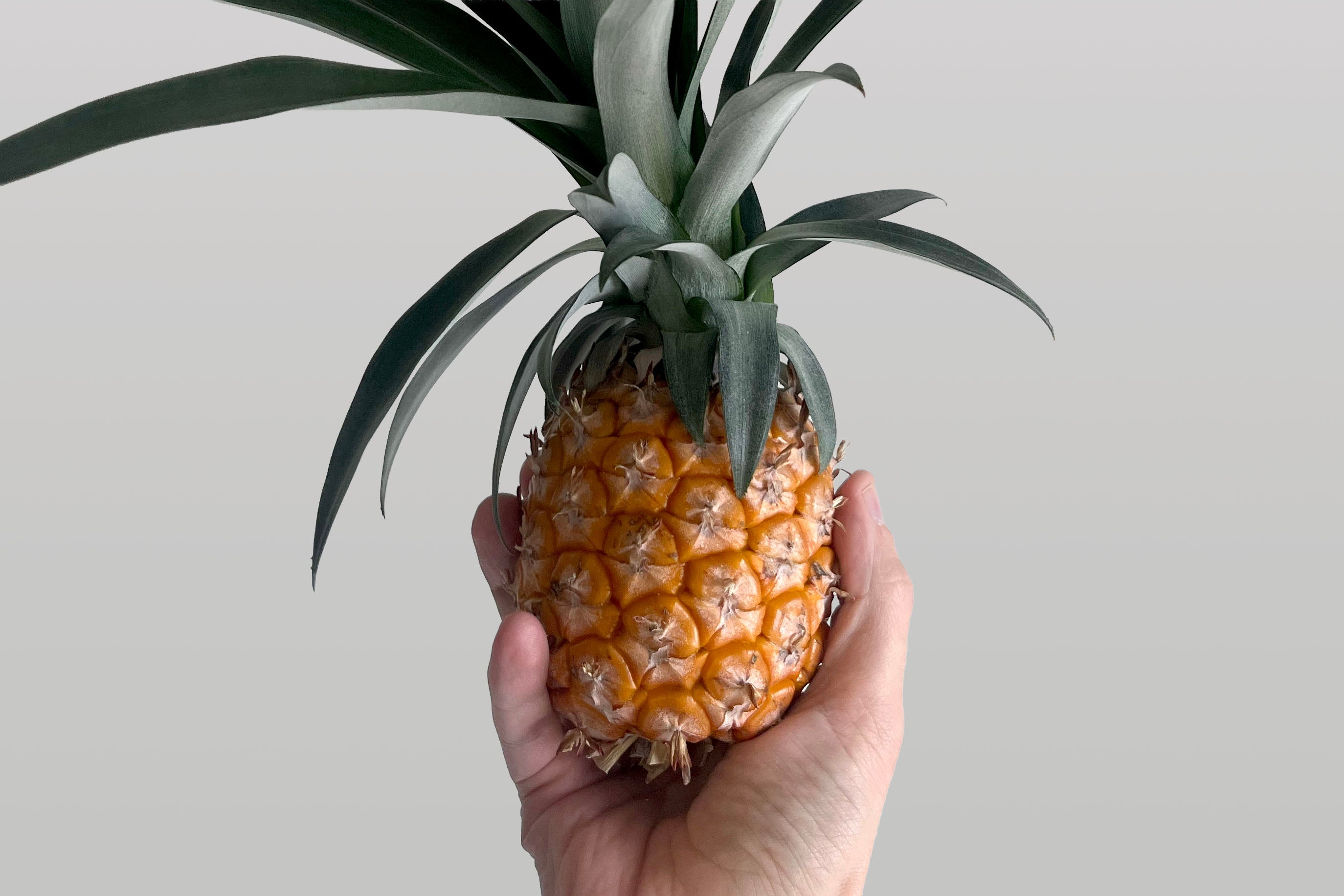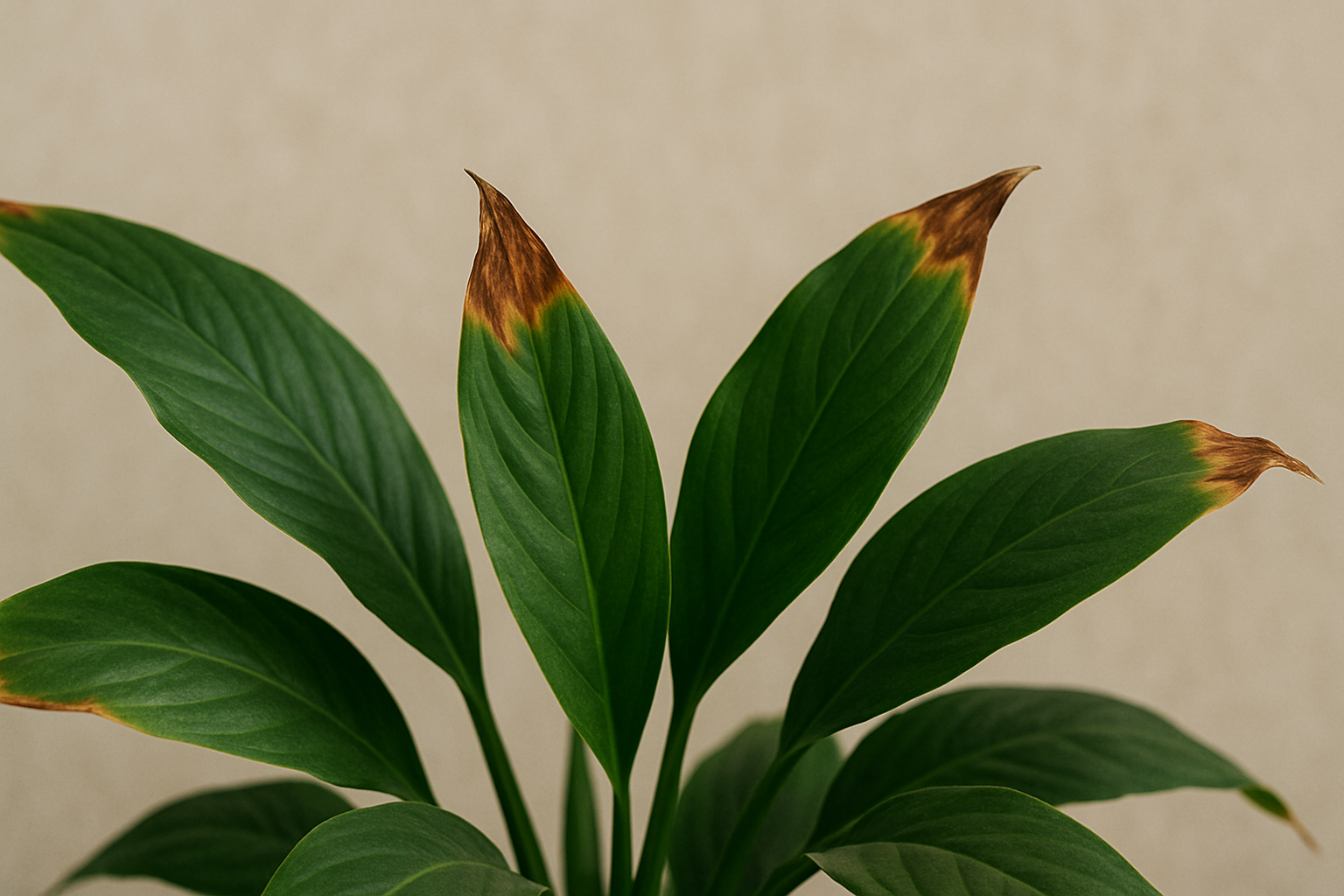Troubleshooting Plant Problems in Botanium: A Practical Guide

Troubleshooting Plant Problems in Botanium: A Practical Guide
Even with an easy-to-use, automated system like Botanium, plant problems can occasionally crop up. Don’t worry - almost every issue you’ll encounter has a straightforward fix. This guide walks you through the most common problems you might see, what causes them, and how to solve them, so you can keep your indoor garden thriving.
1. Yellowing Leaves

Yellowing leaves are among the most common concerns for indoor gardeners. The first thing to check is whether you have been adding nutrients to the water as instructed. If you haven’t, this is likely the cause: plants rely on those nutrients for healthy growth. Add the recommended standard amount of Botanium nutrients to the reservoir, which is 5 ml per liter of water. (If you need a refill you can find it here)
If you have been adding nutrients with every refill, yellowing might be due to overfeeding. Too much fertilizer can cause nutrient imbalances and actually harm your plants. In this case, empty the reservoir, rinse it thoroughly, and refill with fresh water and the correct dose of nutrients.
Another overlooked cause is old water. As your plant grows, it not only absorbs nutrients but also releases other elements into the water. Over time, these accumulate, changing the water’s chemistry - leading to yellow leaves, brown spots, or even stunted growth. Simply topping up with new water and nutrients isn’t enough; make sure to change out the water completely and clean the reservoir about once a month. This prevents mineral buildup and keeps your plant healthy.
2. Brown Spots, Leaf Burn, or Stunted Growth

Brown spots, crispy leaf tips, or generally weak, stunted plants are often linked to nutrient or water issues. If you haven’t done a full water change in over a month, do so now: drain the reservoir, rinse everything, and start fresh with new water and the correct nutrient dose.
If you’re using a different brand of fertilizer or have been tempted to “add a little extra,” reconsider. The Botanium nutrients are formulated for this system; over-fertilizing can cause the water’s EC (electrical conductivity) to get too high, leading to toxicity, leaf burn, and slow growth. Stick to the recommended dose.
Heat and light can also play a role. If your Botanium is placed in strong, direct sunlight or a spot that gets very hot, leaves can dry out or develop spots. Try moving your plant to a bright, indirect light location and see if it recovers.
3. Leggy, Pale, or Stretched Plants

If your plants are tall, thin, and pale, it’s almost always a light issue. Plants grown indoors need a lot of light to grow strong and healthy. If you see your plant stretching towards the window or its leaves look pale, move it closer to a bright window or add a supplemental grow light. During the darker winter months, almost all indoor plants benefit from extra artificial lighting.
(read our guide to grow lights here)
4. White Residue on the Growing Medium

If you notice a white, powdery residue forming on the surface of your growing medium or around the top edge of the pot, don’t worry - this is not mold. This white residue is simply mineral salts from the nutrient solution that have crystallized as water evaporates. It’s a harmless and very common occurrence in hydroponic systems, especially if the top of the growing medium is exposed to air and light. You don’t need to remove it, but if you prefer, you can gently rinse it away with a little water during your routine reservoir cleaning. It won’t harm your plants or the Botanium system.
6. Seedlings Dying at a Young Age

It can be frustrating when seedlings don’t make it past their first week or two. There are a couple of common reasons for this in Botanium:
First, light. Seedlings are especially sensitive to light levels. If they don’t get enough light right from the start, they may become weak, stretched, and eventually collapse. Place your Botanium in a very bright spot - ideally a south-facing window or under a grow light - when starting seeds. What seems like enough light for mature plants may still be too little for seedlings.
Second, water quality. In some regions, tap water contains high levels of dissolved minerals (like calcium and magnesium), making it “hard.” Hard water can interfere with nutrient uptake in hydroponic systems, making it difficult for seedlings to grow and sometimes causing them to die off unexpectedly. If you suspect your tap water is very hard, try using filtered water, rainwater, or bottled water (without added minerals) when filling your Botanium. This can make a big difference, especially in the early, sensitive stages of plant growth.
7. Routine Maintenance Checklist
-
Replace all water and clean the reservoir every four weeks.
-
Use only Botanium nutrients and stick to the recommended dose.
-
Wipe down the system and check that the dripper is working freely.
-
Place your Botanium where it will get enough light, but not extreme heat.
Conclusion
Troubleshooting is a normal part of caring for any plant - indoors or out. With Botanium, most issues are simple to resolve once you know what to look for. Pay attention to your plants, follow a regular maintenance routine, and don’t hesitate to adjust lighting or water quality if you notice problems. Remember, everyone encounters these hiccups - what matters is learning from them and watching your indoor garden come back healthier than ever.
For more help, reach out to the Botanium support team or share your experiences with the Botanium community online. Happy growing!




Leave a comment